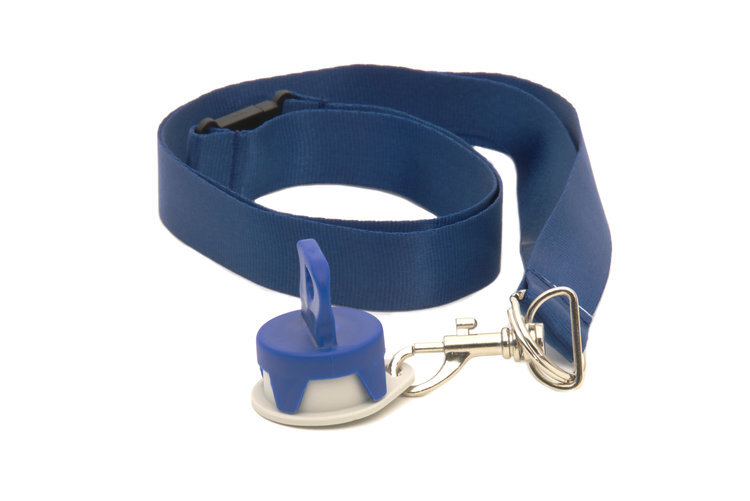Get locking restraints from Pinel
Pinel’s patented locking restraints system allows for flexibility, security and speed your patients and staff need.
When it comes to restraining a patient who may be a danger to themselves or others, every second counts.
Our patented locking system
When a patient is attempting to bite, kick, punch, or head-butt, your staff require medical restraints with a locking system that is just as quick as it is secure. Pinel provides it.
Our patented locking extremity restraints allow for flexibility, security to keep a patient’s limbs held down, and the speed to apply the restraints effectively. The patient can go from a 4-point restraint to a 7-point restraint in a matter of seconds. And, unlike other types of medical restraints, they are uniquely designed to be safe for patients with pacemakers.
Here’s how they work
Pinel’s locking restraints are designed to be simple enough to apply in about 30 seconds (versus an industry average of 10 minutes and thirty seconds). There are four elements of the locking system:
A black button top
Pin
Optional lanyard that links the two pieces together
The blue unlocking key
To unlock, simply place the blue key on the black button top and lift up on the black button. The outside blue prongs on the key protect sensitive electronic devices, such as pacemakers, from the magnet.
To ensure your staff has easy accessibility, safe storage, and rapid detachment when needed, we have designed and patented a lanyard and key cap.
Don’t worry, the video below gives a visual demonstration and proper training is required for all staff using the Pinel locking restraints.
How do you restrain a patient who is experiencing a violent episode?
This type of situation is dangerous for both the patient, other patients at your facility, you’re your staff. The goal is to restrain the patient as quickly as possible.
Using Pinel’s unique system, you can restrain a violent patient in 30 seconds. First, apply the long utility strap over the shoulders to control the upper body. Other team members can apply the limb straps using the quick Velcro™ fasteners. For extra security and strength, join the limb straps with our patented locking system.
When to replace the black button
Depending on the amount of use, the black button has a life expectancy of approximately two years. The first signs of wear may include difficulty unlocking or being able to pull off of the button without the use of a key. When either of these occurs, it is time to replace the button.
What do you do once buttons begin to wear? If any buttons are experiencing signs of wear, they must immediately be removed from circulation. The circles on the bottom of the button ONLY indicate the quarter and year the button was produced. This is not an expiry date, but a reminder of the length of time it has been used. Buttons must be tested prior to use every time.
What impacts how long a button will last? Button wear is directly related to the number of times it is locked and unlocked, but also the number of times the patient pulls on it.
While they are simple to use, training is still essential. To ensure the locks are as effective as possible, please provide training and knowledge of proper operation for staff before they begin using any Pinel products.





